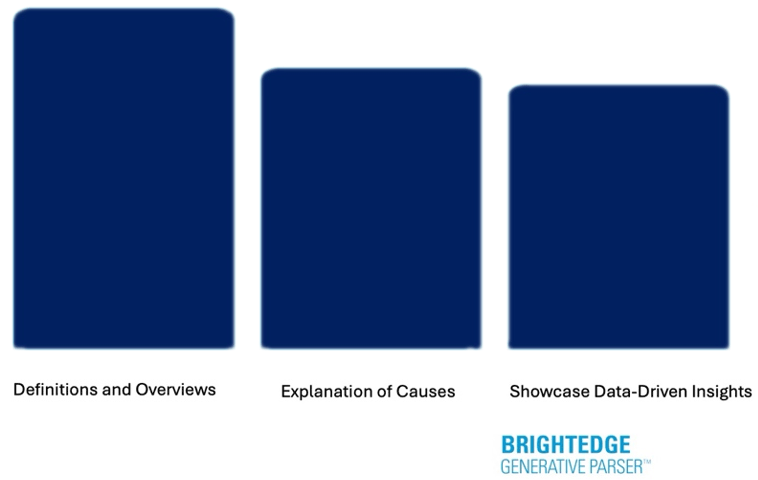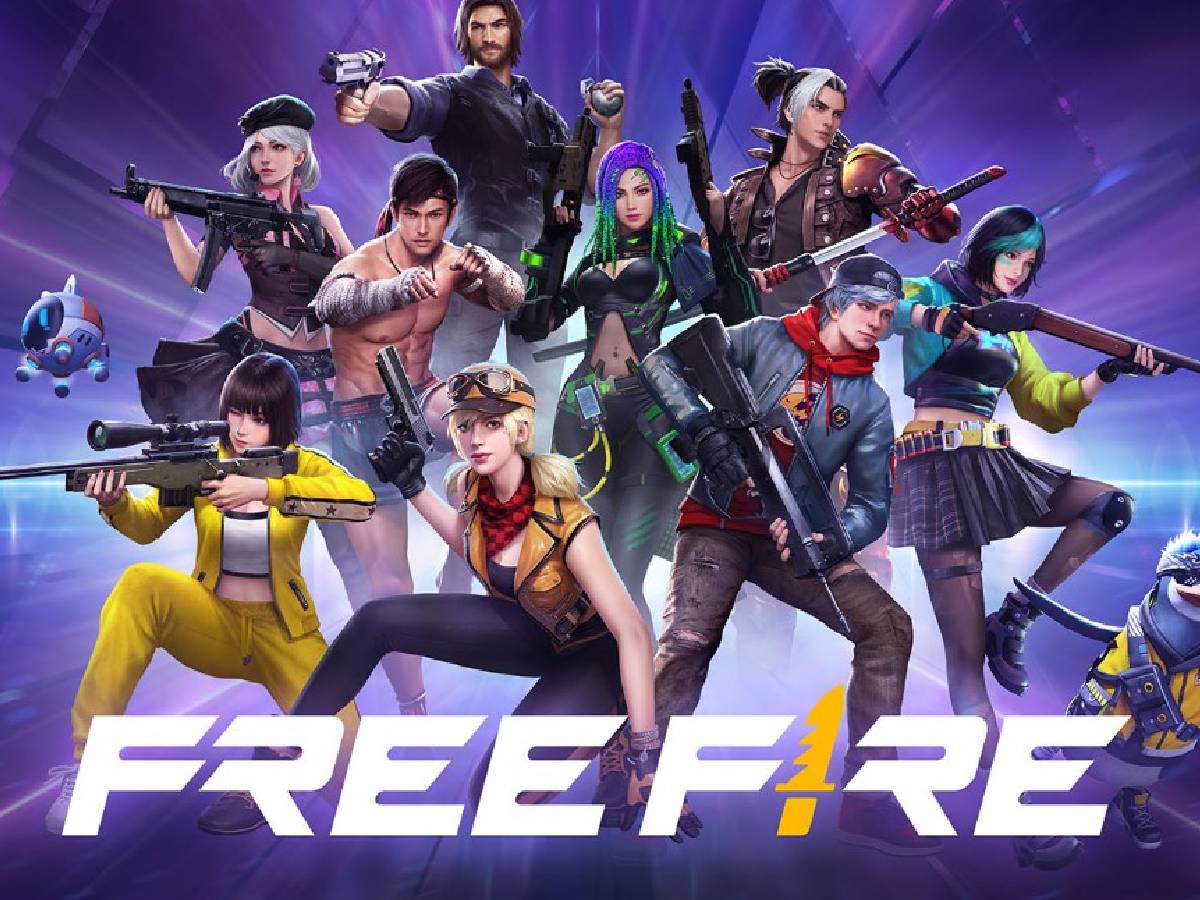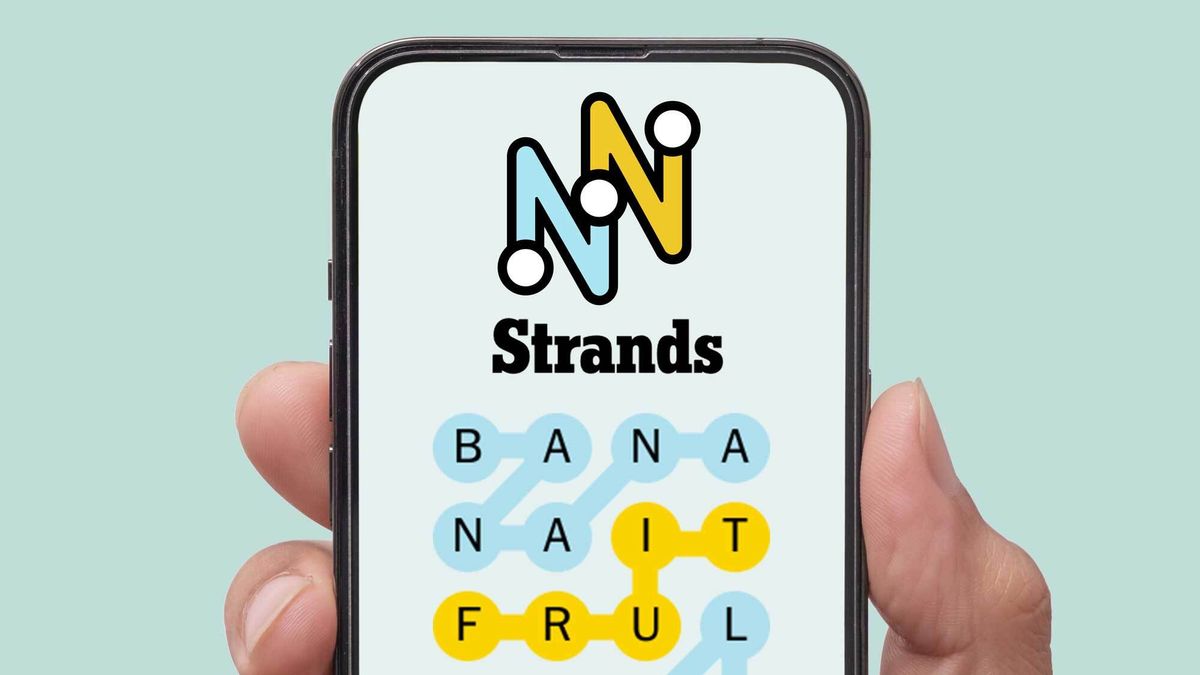Google continues updating AIO rankings, increasing the presence of larger shopping-related panels and ads that push organic search results lower on the page. The good news for search marketers is that AIO volatility in shopping queries is stabilizing, with AIO rankings increasingly matching sites typically ranked in organic search.
- Arguably the most important change is the addition of advertising in AI Overviews, which has the effect of pushing organic search results lower down the page.
- Citations to websites within AIO for general queries rose by over 300% since August, with the biggest growth (200%) experienced in September.
Since November 1, 2023, BrightEdge has been tracking a consistent set of search queries representing billions of searches across nine industries. The key point is that they are tracking the same queries every month using their unique technology, the BrightEdge Generative Parser (TM). The BrightEdge Generative Parser detects and tracks AIO formats, analyzes AIO search results, and provides insights into daily trends.
AIO & Top Ranked Organic Increasingly Match Since September
BrightEdge noticed a trend beginning in September where AI Overviews increasingly showed links to websites that matched the organic search results. This means that traditional ranking factors that put a website in the top of the organic search results should pay off in citations in AIO.
AIO Stability Continues To Improve
The BrightEdge data showed an 8% improvement in day-to-day stability and a less than 1% fluctuation the pixel size of AIO Panels. That means that AIO search results were less volatile and more dependable. Volatility in shopping-related search queries decreased 37% (from early August) to 26% (as of late September). The lower volatility indicates that rankings should be more consistent, a trend that hopefully will carry over into the holiday shopping season that begins in November.
More Precise AI Overview Results
That stability was accompanied by a 15% reduction in keywords with an AIO, demonstrating an increase in how precise search queries are to web page topics and perhaps may reflect a greater use of natural language in queries.
Bright Edge noted:
“As ads deploy, Google is more precise about where AIOs are most helpful.”
That trend toward more precise and concise AIOs began in August and continued through September, by which time Google AIO was collapsing unordered lists by an additional 14.6% over the previous month. Collapsed unordered lists show a concise answer in the visible part and reveal additional information if users click to see more. That trend continued in October, with the percentage of collapsed unordered growing by an additional 20%.
While that sounds like a lot, perhaps the most dramatic change was with the amount of times the AIO Product Carousel is triggered, experiencing a 300% increase since it initially was rolled out.
The trend of bigger AIO features suggests that shopping related AIO results with ads in them may increasingly displace organic content.
According to BrightEdge:
“As Google injects ads into AIOs in October, two features have experienced significant increases. Particularly with product carousels, there are direct opportunities for advertisers. As these are not taking up more space, it suggests those ads will likely displace an organic listing if this trend continues. All these trends point to a holiday shopping season where AI will play a bigger role than ever, but maybe not in the way we originally expected.”
YouTube Citations Increased In AIO
E-commerce-related YouTube citations within AIO increased by 121% through September, which may reflect that users prefer to watch videos while researching products This calls attention to the importance of video influencers as well considering multimodal strategies that incorporate video content for shopping-related topics (where the intent makes sense).
AIO for shopping wasn’t all growth in September, as queries related to certain topics triggered less AI Overviews.
The following topics showed less AIO results:
- “Queries for Specific Products: -7.2%
- Furniture and Home Décor: -2.7%
- Clothing and Fashion: – 2.2%
- Searches for ‘best’: – 1.7%
- How-to and Instructional Shopping Searches: -1.6%”
Early Stage Research Intent
Another AIO trend discovered for October was an increase in research-phase search queries and intent. Publishers relying on search should be on the lookout for any traffic drops that may be correlated to an increase in AIO search results related to research-phase queries.
October Ecommerce AIO Trends
- “81.1% deliver broad knowledge sharing
- Only 1.4% provide step-by-step guidance
- AIOs prioritize educational content over how-to directions
- Early-Journey Content Structure
39.8% use list structures for easy scanning - Strong preference for broad explanations
- Content organized for information gathering
- Emphasis on comprehensive understanding”
Kinds Of Answers Shown In AI Overviews
The BrightEdge data shows that in October discovery and research types of queries triggered the most AI Overviews.
The top 3 kinds of answers show in AI Overviews were:
- Definitions and overviews
- Explanation of causes
- Data points
BrightEdge explains what it all means:
- “The data clearly shows that AIOs are optimized for early-stage research and discovery.
- Educational content with expert guidance on what’s trending or critical data points is more helpful to cite than specific how-to instructions.
- Success means aligning your content with this top-of-funnel focus – comprehensive, educational content wins over transactional guidance that could be replaced with ads.”
Most Common Type Of Answer In AI Overviews

Takeaways
BrightEdge’s research offers many insights on the kinds of content Google’s AI Overviews is prioritizing and how it’s ramping up for the holiday shopping season which begins with Black Friday. If traffic patterns are changing then it may be due to the updates to the kinds of queries are triggering AIO and an increase in advertising which, combined with larger sizes of AIO panels, could be pushing organic results lower.
It must be emphasized that organic results have not been the norm for well over ten years and at this point it’s anachronistic to still be thinking in terms of ten blue links. This is why the BrightEdge data is important because it’s showing what’s going on in the search results.
Key Insights
- Ads are now featuring in AI Overviews
- Volatility in shopping-related queries is stabilizing, creating a more predictability
- Google is becoming more precise about what triggers AIOs
- Product carousels increased by 300% in October
- Collapsed unordered lists that requires users to click to see more information increased by 20%
- Queries for specific products are less likely to trigger AIOs
- Research-phase queries and intents are increasingly the top triggers for AIO
Read the latest research data by BrightEdge
New AI Overview Trends: What to Expect for Black Friday and Cyber Monday (PDF)
Featured Image by Shutterstock/Cranium_Soul
 1 week ago
3
1 week ago
3




















 English (US) ·
English (US) ·